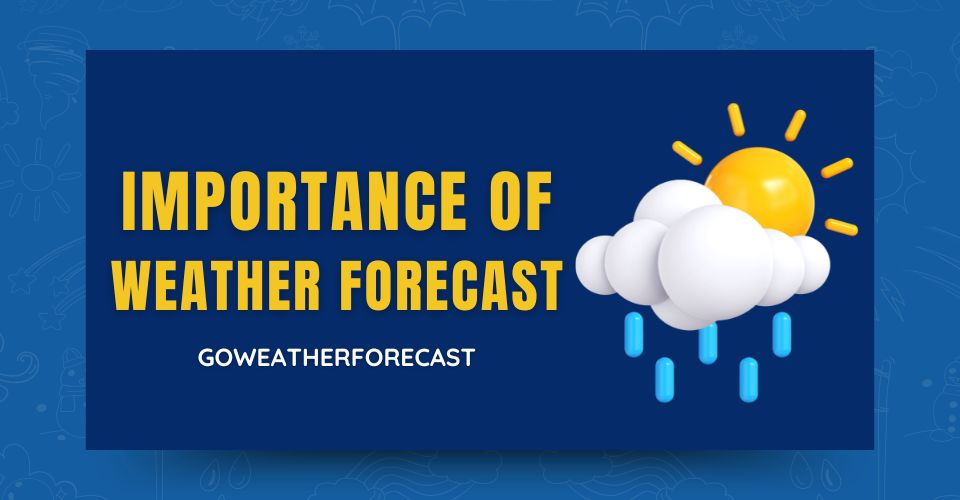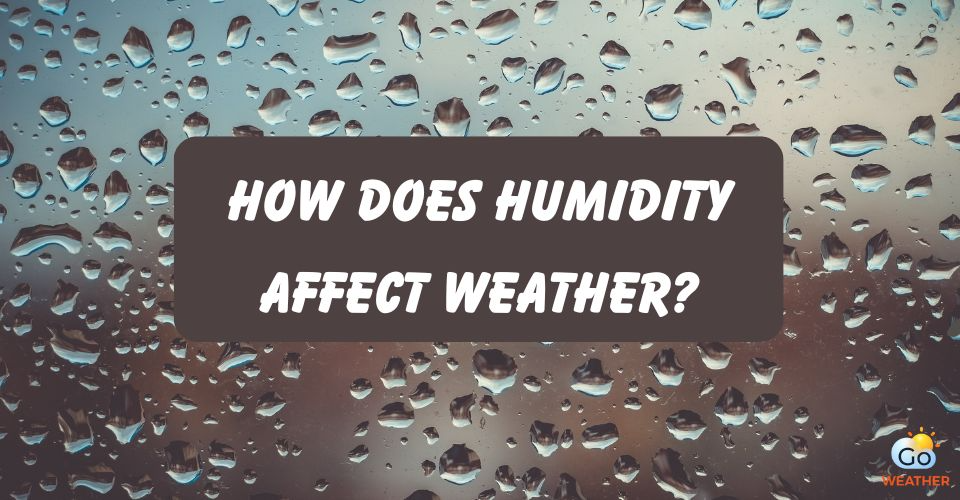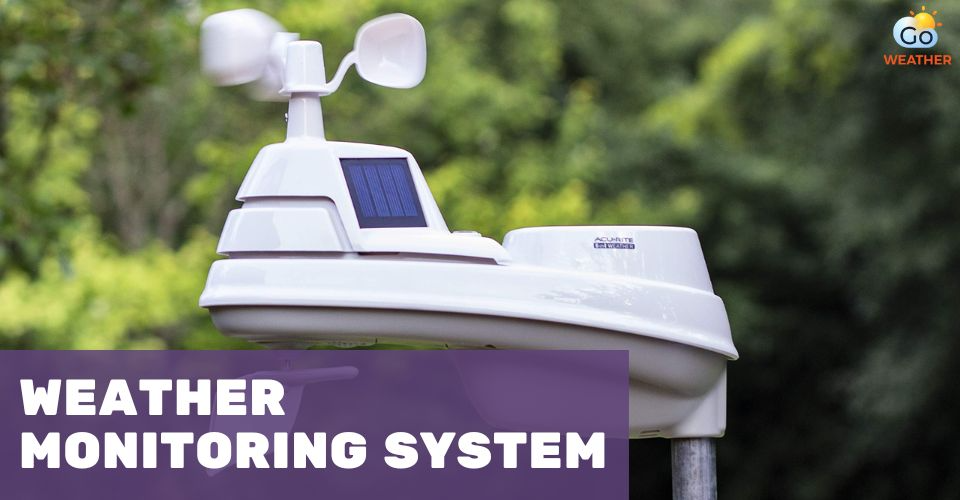What is the Weather on the Planet Jupiter? A Comprehensive Guide
Jupiter is the biggest planet in the Solar System. Its weather is definitely different from Earth's. Though it also has storms, the storms on Jupiter are unlike what we see on Earth. What else should you know about the weather on the planet Jupiter? If you keep reading, you will explore fascinating facts about Jupiter's weather. But first, let’s spend a minute learning basic things about this planet's position, structure, and surface.
.jpg)
What is the weather like on the planet Jupiter?
Understanding the Planet Jupiter
Jupiter is the 5th planet from the sun, meaning Saturn and Mars are neighboring planets of Jupiter. Here are more things to know about this planet.
The largest planet in the Solar System
Due to its immense size, Jupiter is the largest planet in the Solar System. It has a mean radius of 69,911 kilometers ± 6 kilometers (43,441 miles) and a mass of 1.8986 × 1027 kilograms.
That means it is nearly 11 times the size of our Earth and more than 300 times Earth’s mass.
.jpg)
Jupiter is the largest plant in the solar system
A gas giant planet
Jupiter is also known as a gas giant planet. It is mostly made up of hydrogen gas with some helium. A much smaller amount of other gases, like methane and ammonia, also contribute to the planet's composition.
These gases fill the whole planet, descending to its core. The surface of this planet is not solid, and below the surface, the gas turns into liquid and even plasma, all the way to the planet’s rocky central core.
.jpg)
Jupiter is a gas giant planet
Day and time on Jupiter
One day on Jupiter or one Jovian day goes by in less than 10 hours. That means a single day on this gas-giant planet is just over 1/3 the length of a day on Earth.
One year on planet Jupiter is the same as 11.8 years on Earth. This is because Jupiter has a fast rotational speed: 12.6 km/s at the equator.
► Read more: How the moon affects the weather
.jpg)
Jupiter is the fifth planet in the Solar System
Weather on the Planet Jupiter
A relatively dry and extremely dense atmosphere
Jupiter’s relatively dry and extremely dense atmosphere is composed mainly of gaseous and liquid matter.
The depth of its atmosphere is probably a few hundred miles. Closer to the surface, the gases are denser and likely become a slurry compound.
Lying well below the surface, Jupiter’s rocky central core is very hot (about 36,000°F) due to gravitational compression.
.jpg)
Jupiter has a relatively dry and extremely dense atmosphere
Extremely frigid temperature
With an average temperature of just -234°F (-145°C), Jupiter is extremely frigid even during its warmest day.
Its temperatures vary in the layers of its atmosphere, depending on the height above the surface, since heat is mainly driven by the inside of the planet rather than by the sun’s insolation.
This is because the average distance between Jupiter and the sun is 448 million miles (or 778 million kilometers). The heat from the sun is weak, though it also contributes.
Violent storms and the famous Great Red Spot
Jupiter’s surface experiences violent weather with massive storms, winds, lightning, and thunder. Wind speeds of 360 km/h (100m/s) are not rare in violent storms on the planet.
However, wind storms there can reach speeds of up to 620 km/h (385 miles per hour).
Surprisingly, these storms can form so quickly (within hours) and then reach sizes of thousands of km in diameter overnight.
.jpg)
The Great Red Spot on the planet Jupiter
This stormy planet is best known for its giant “Red Spot” or the Great Red Spot. It would be a big mistake not to mention this giant spot here regarding the weather on Jupiter.
It’s an oval-shaped, counter-clockwise moving storm. The size of this giant Red Spot is three times larger than Earth. The spot is truly a giant!
More surprisingly, the Great Red Spot has been raging for more than 300 years, since at least the late 17th century when an Italian astronomer named Giovanni Cassini made the first recorded observation of the spot.
► See also: Weather on planet Mercury
Conclusion
Jupiter is the fifth and largest planet in the Solar System. Yet, it has the fastest rotation speed, making a single day or a Jovian day is so short. Speaking of the weather on the planet Jupiter, it’s a frigid, stormy planet experiencing massive storms, and the Great Red Spot is the best-known violent storm. Hope you enjoyed this post and found all the facts and information listed above interesting.





![What Are Different Types of Precipitation and How They Form? [Updated]](https://admin.goweatherforecast.com/images/1732680922.png)






0 Comments
Leave a Comment
Your email address will not be published. Required fields are marked *